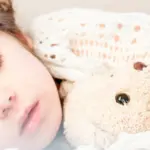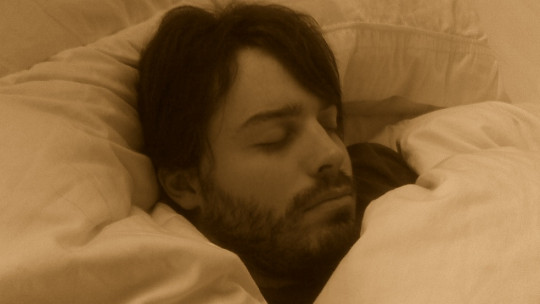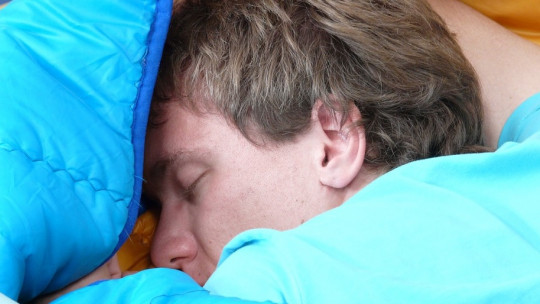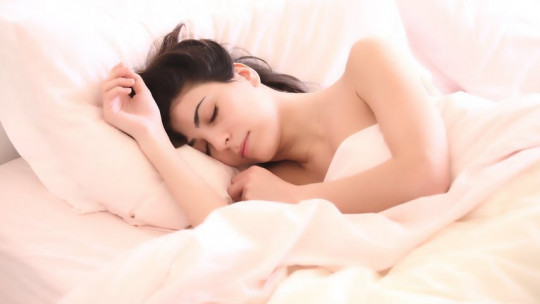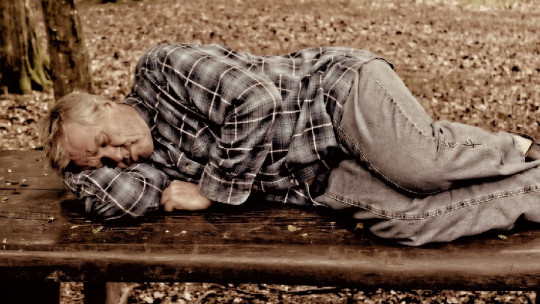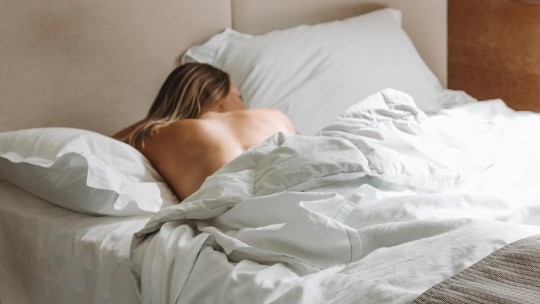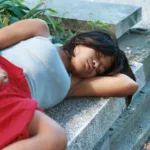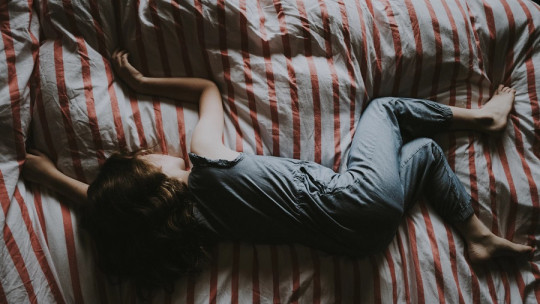
Sleep is a fundamental process for humans and other animals, as it allows the body to rest and repair itself. We spend a large part of our lives sleeping, and not sleeping correctly can have noticeable effects on our abilities.
But, sometimes, even though our mental activity and brain waves are mainly in the process of sleep, our body is not so sleepy since it has not finished deactivating and makes movements even if they are not conscious.
This is what happens in sleepwalking or the nocturnal jactatio capitis the latter being the sleep disturbance that we are going to talk about throughout this article.
Nocturnal jactatio capitis: description of this parasomnia
It is called nocturnal jactatio capitis, a sleep disturbance which is characterized by the appearance of rocking, tapping and rhythmic and involuntary movements of the head, and sometimes of the entire body Sometimes grunts or disjointed sounds also appear.
In many ways, the symptoms of nocturnal jactatio capitis decrease the quality of sleep and make it difficult to get enough rest; In some cases, it even results in injuries.
Symptoms
As a parasomnia, it implies the existence of abnormal behaviors during sleep which are carried out without the affected person being aware of it and without it causing an awakening
In the case of nocturnal jactatio capitis, the movements performed are usually gentle, although sometimes they can be abrupt and violent and result in blows and injuries, without the sufferer ever waking up. These episodes usually last about a quarter of an hour and the average is around 60 or 70 movements per minute.
This alteration appears during childhood and generally occurs between six months and the first four years of life, although it is more common between nine months and two years. Although it is not common, this parasomnia can occur or persist in adolescence or sometimes into adulthood. It can appear in both boys and girls
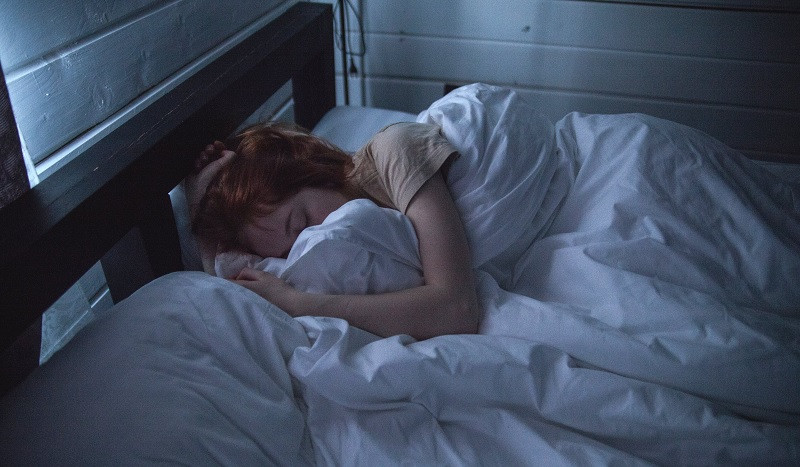
Causes
The causes of these movements are not entirely clear, but It has been suggested that they have the function of relieving anxiety imitate the rocking movement to relax and facilitate sleep or simply as a source of gratification.
Some theories propose that in some cases it may appear in the presence of a life stage in which the child feels tense and frustrated. Also It can arise due to a deprivation of affective stimulation, or as a learned and conditioned behavior in which the child acquires rocking as a method of calming (by linking it with the rocking of the crib or the parents).
My son has it: should I be worried?
The existence of this type of parasomnia usually generates deep concern in parents, often in the face of the fear that the child may have some neurological problem or be suffering from some type of epileptic seizure
Although some of the movements made during sleep may resemble epilepsy in those cases in which the movements are violent, the truth is that nocturnal jactatio capitis does not imply a neurological alteration and in fact no alterations are observed at the level of brain waves or functioning. Now, it does not hurt to make an assessment in this regard since their presence could favor this type of problem.
Nocturnal jactatio capitis is generally a harmless sleep disorder that does not cause harm in itself to the sufferer, although It is advisable to take precautions to place a barrier on the bed to prevent falls o make sure there are no corners or elements that the child could hit and injure themselves with.
The prognosis is positive and as a general rule it is a type of parasomnia that disappears after a few months although it can last for years and even last well into adulthood (although the latter is rare).
Treatment of this alteration
Although nocturnal jactatio capitis generally disappears on its own over time and does not pose a health risk, sometimes different treatment options can be used, especially when the movements are especially virulent and generate blows with walls and objects or are very frequent.
It should be taken into account to first analyze whether there is any type of environmental element that may be generating stress for the child or assess whether he or she receives sufficient or excessive stimulation that frustrates him or causes the need to calm down.
Regarding the problem itself, on a psychological level A method similar to the pee-stop can be applied in cases of nocturnal enuresis and based on conditioning: An alarm or a light device is placed that activates when the minor begins to make movements. This, although slightly aversive, will wake the child and interrupt the movement and over time the child will stop linking movement to calming. Sometimes it may also be considered appropriate to use drugs, always under medical prescription, such as benzodiazepines or tricyclic antidepressants.

